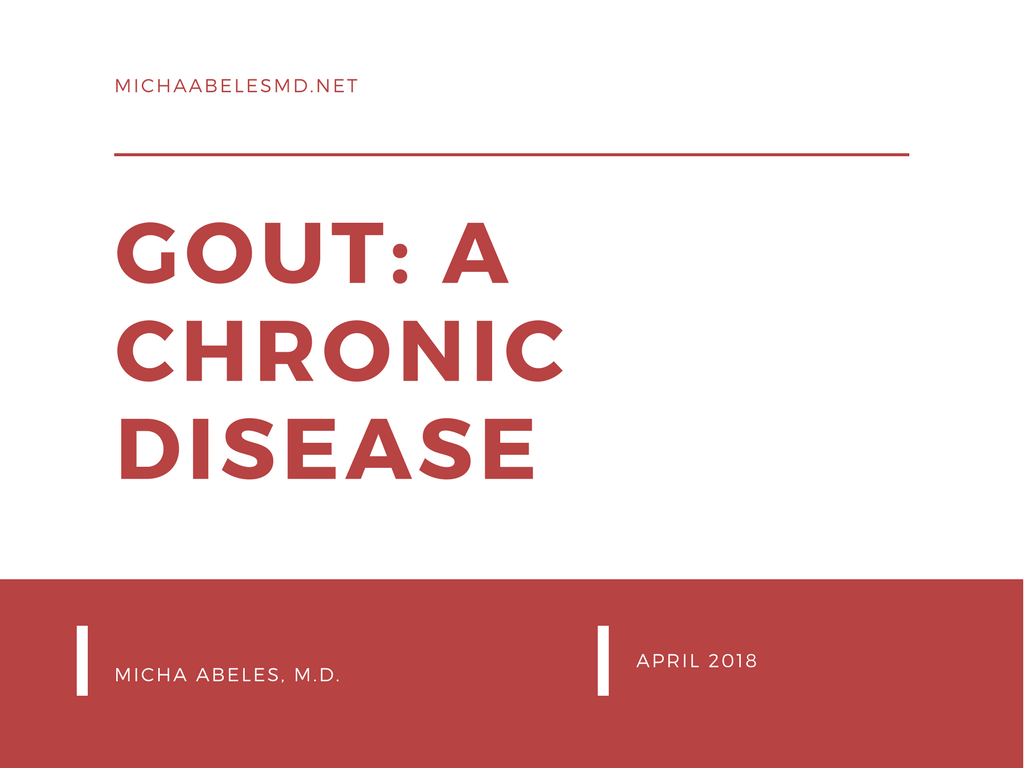Gout’s reputation as the “disease of kings” is widely undeserved, though many would be surprised to hear that. Often mistaken for only an effect of obesity, gout is dismissed as a more serious ailment, which could leave the patient in great pain and without an effective treatment.
As a complex inflammatory disease, its inaccurate moniker, unfortunately, causes misconceptions in many gout patients. Gluttony and general excess aren’t the primary factors of what causes gout in the first place. In fact, gout is actually a form of arthritis, and yet many are embarrassed to admit their diagnosis because “the only thing [patients] know is that gout’s associated with obesity…and overindulgence of food or alcoholic beverages.” This lack of knowledge overall leads to patients going untreated or undertreated, causing more damaged joints and other coexisting conditions.
However, mounting evidence suggests that gout is a chronic metabolic disease, caused by genetic, environmental, and lifestyle factors, rather than just diet, as previously believed. Gout “develops when high levels of uric acid form crystals in patients’ joints, causing inflammation and pain.” Unsurprisingly, knowing the true source of a disease affects how physicians determine the best form of care.
Currently, gout affects about 4% of the adult population in the United States, but that number is expected to increase as the number of older adults continues to grow. This is worrying from a physician’s perspective, as gout disproportionately affects older people, and because of the sheer amount of misinformation about the disease that is so widely circulated. This misinformation leads to ineffective treatment, though experts hope that this pipeline of new drugs will work to close that gap of discrepancies when it comes to gout treatment.
Diet is frequently listed as a leading cause of gout, and as such, physicians suggest strict avoidance of some foods such as alcohol, soft drinks, seafood, and red meat. The American College of Rheumatology found, though, that avoiding purine-rich organ meats only improves serum uric acids less than 20%, which is not enough to have a significant effect on the recommended 6 mg/dL of uric levels or lower. Experts don’t recommend this treatment plan, either, because of the diet’s unsustainability and unappetizing foods required.
The new drugs introduced will also help doctors develop a more unified approach when treating gout patients. The American College of Rheumatology expects to release a gout guideline in 2020, which will prove invaluable for patients everywhere.
